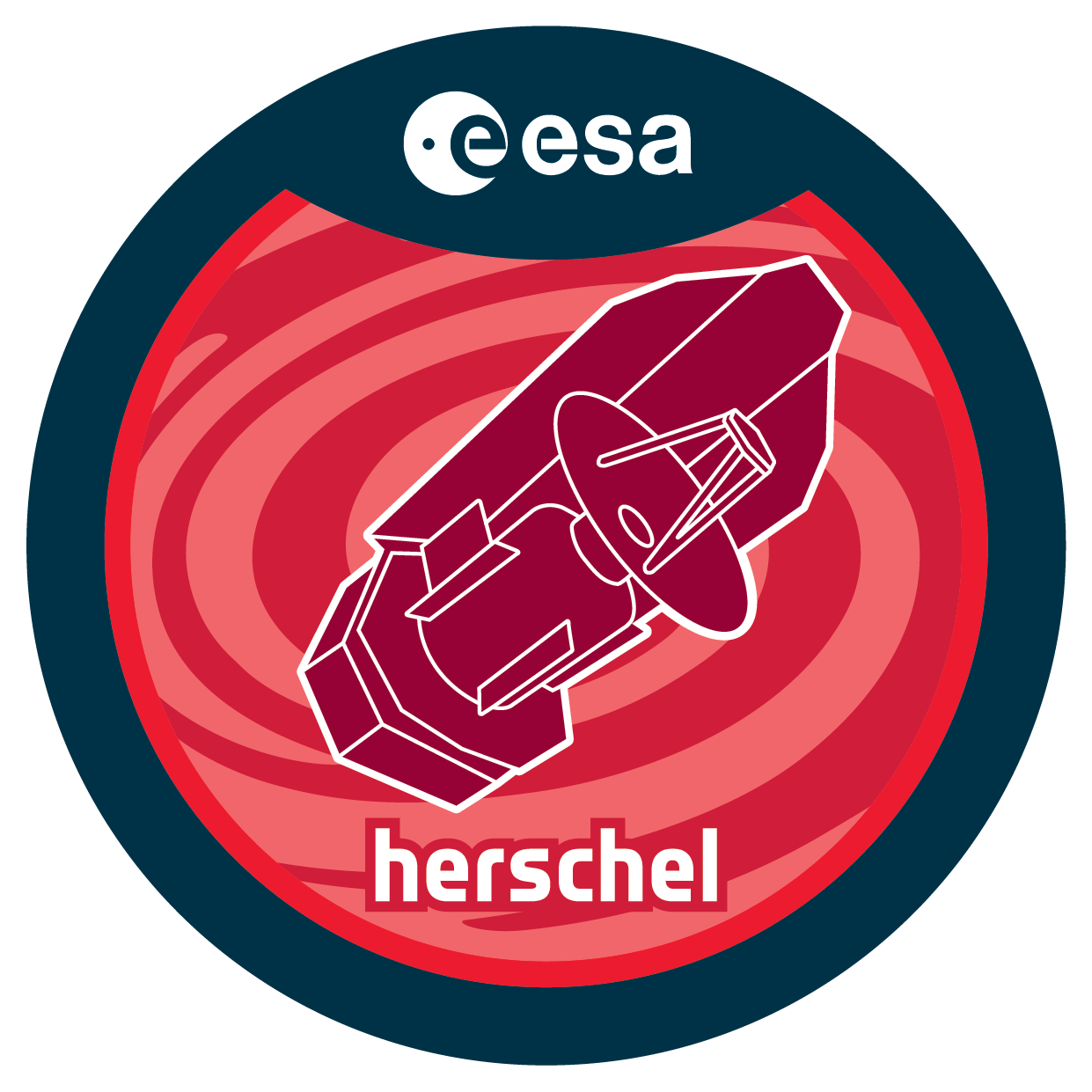

| Name | OT2_nnesvadb_3 |
| Title | Can AGN keep the gas in their host galaxies from becoming gravitationally bound and forming stars? |
| URL | http://archives.esac.esa.int/hsa/whsa-tap-server/data?retrieval_type=OBSERVATION&observation_id=1342245394&instrument_name=PACS&product_level=LEVEL0&compress=true |
| DOI | https://doi.org/10.5270/esa-0e7rjbo |
| Author | nesvadba, n. |
| Description | The discovery of molecular outflows from AGN and starburst galaxieshas been a major success of the Herschel Space Observatory and movedAGN feedback into the focus of Herschel science. However, feedback ismore than winds, and observations of winds alone will only provide alimited picture of how AGN regulate star formation in galaxies. Recentobservations suggest that gas-rich AGN host galaxies can have very lowstar-formation rates, up to 60 times less than expected for their gassurface densities. Why are these galaxies not forming stars? Onepossibility is that the injection of mechanical energy through the AGNis making the gas too turbulent to become gravitationally bound, tocollapse and to form stars. Thus, star formation in AGN host galaxiesmay be regulated by fundamentally similar mechanisms as star formationin molecular clouds in the Milky Way and other ordinary galaxies.Here we propose to measure CII158 with PACS in 6 nearby galaxieswith radio nuclei to test this hypothesis. We focus on galaxies withradio nuclei without strong star formation or quasar emission, becausewe wish to study the consequences of the rapid injection of mechanicalenergy through the AGN into the ISM. Radio-dominated AGN provide thecleanest environment for such a study because their UV radiation isfaint, and we expect the shock contribution to dominate over that ofUV heated star forming gas. However, many of our results can becautiously extended to all types of mechanical interactions betweenAGN and gas. We will compare the CII line fluxes with those of warmH2 in the Spitzer archive. For highly turbulent gas that is notgravitationally bound, we expect the gas not to be well shielded,resulting in high CII/H2 ratios of 1-5. For the same reason, CIIcould also be an interesting tracer of low surface-brightness emissionfrom winds. NIR imaging spectroscopy will serve as a benchmark toseparate systemic line emission from putative wind components and tomeasure turbulent velocities in the CNM. |
| Publication |
|
| Instrument | PACS_PacsLineSpec_point |
| Temporal Coverage | 2012-05-05T01:54:35Z/2012-07-29T15:08:08Z |
| Version | SPG v14.2.0 |
| Mission Description | Herschel was launched on 14 May 2009! It is the fourth cornerstone mission in the ESA science programme. With a 3.5 m Cassegrain telescope it is the largest space telescope ever launched. It is performing photometry and spectroscopy in approximately the 55-671 µm range, bridging the gap between earlier infrared space missions and groundbased facilities. |
| Creator Contact | https://support.cosmos.esa.int/h®erschel/ |
| Date Published | 2013-01-29T14:37:12Z |
| Last Update | 2025-01-24 |
| Keywords | Herschel, HSC, submillimetre, far-infrared, HIFI, PACS, SPIRE |
| Publisher And Registrant | European Space Agency |
| Credit Guidelines | European Space Agency, nesvadba et al., 2013, 'Can AGN keep the gas in their host galaxies from becoming gravitationally bound and forming stars?', SPG v14.2.0, European Space Agency, https://doi.org/10.5270/esa-0e7rjbo |